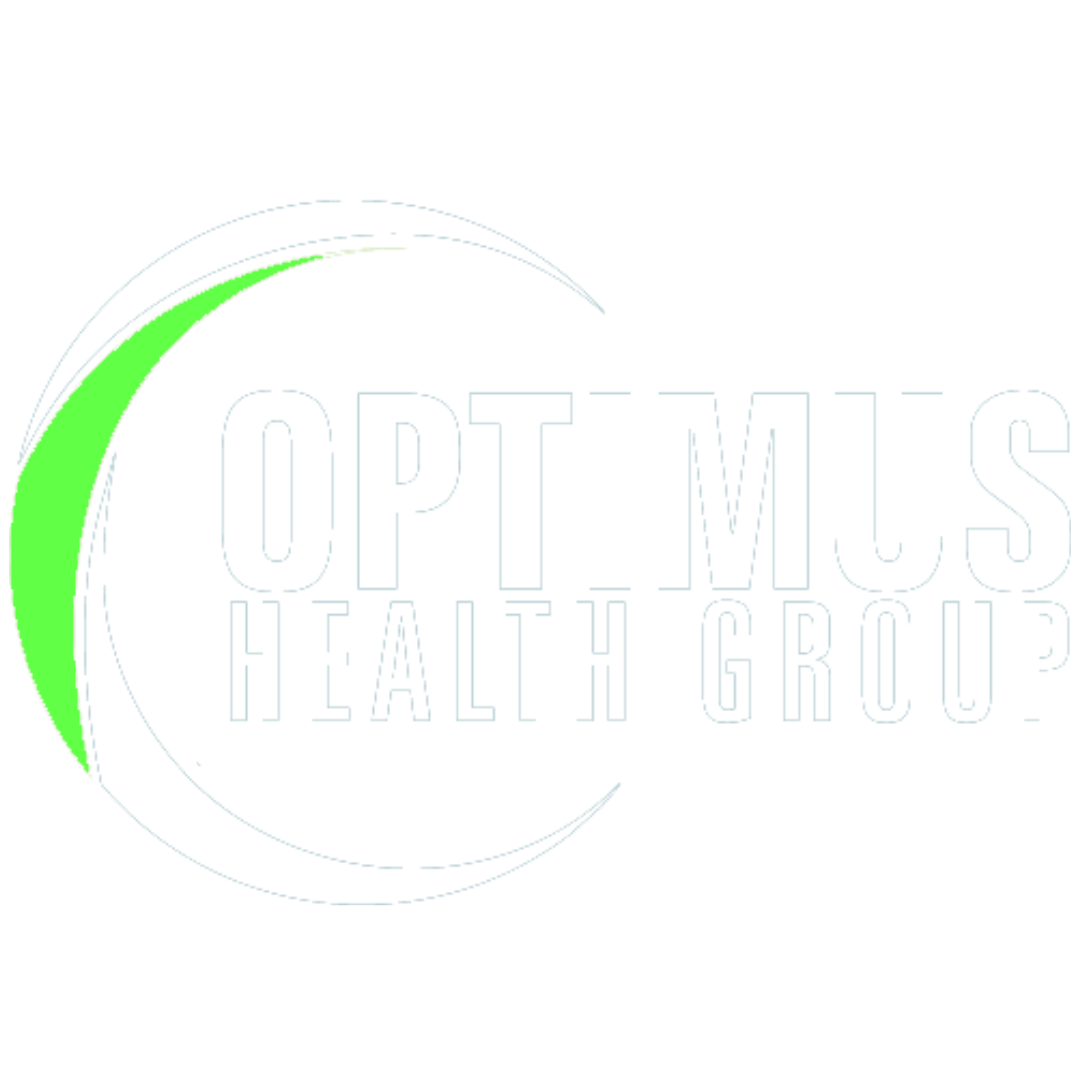Age-Related muscle loss and why you should be exercising!
The one thing that all humans have in common is aging. Unfortunately, from around the age of 30, we experience a decline in muscle mass, power, endurance, and for some, a decline in function.
This gradual decline in muscular ability accelerates as we get older and can have an increasing effect on our everyday function. For some, daily living activities such as standing up from a chair or reaching to a
cupboard become increasingly more difficult. However, it is not all doom and gloom. There is an antidote to this physical ageing process...want to know what it is? Exercise!
Exercise has been shown to literally decrease and for some reverse the effects of physical aging. It has the ability change our body’s physiology, improve function and decrease the chance of illness. In short, there is a multitude of benefits of exercising and very little downsides.
The age-related loss of muscle function and mass is termed sarcopenia derived from the Greek words sarcos (flesh) and penia (loss). It’s definition includes loss of muscle strength, power and reduced function. It increases with age and is a major cause of frailty.
This can have a profound impact on daily life as activities that we take for granted can become hard to do. But why do these changes occur and what can we do about sarcopenia?
Hormonal changes in the body are the primary cause for the involuntary loss of muscle as we age. For men a decrease in testosterone and for women a decrease in estrogen. These two hormones, along with growth factor play a key role in our body’s ability to build and maintain muscle.
If there is no stimulus to muscles, the decrease in hormone levels, will cause our bodies to start naturally decreasing muscle and increasing fat stores.
The main risk factor for developing sarcopenia is lack of exercise. However, a poor diet has also been shown to increase the risk. The table below shows factors that increase anabolic processes in our body (building up new cells and muscle) and catabolic processes (breaking down cells and muscles).
So what does this mean?
Sarcopenia and muscle loss has the potential to take a massive toll on an individual’s functional capacity. In other words, a person’s ability to complete everyday tasks. From getting out of a chair to doing the groceries to spending time with the grandchildren-the list keeps going. As we age, it is super important that we maintain our independence and therefore using the most effective anti-ageing strategy we have (EXERCISE) is at the top of this list.
In a nutshell, to prevent sarcopenia we need to increase anabolic factors and decrease catabolic ones (as per the table above). To do this we need to stimulate muscles in order to become stronger and grow. The most effective way to do this is resistance or weight training. Not only does it encourage the development of muscle cells it has also been shown to increase levels of estrogen, testosterone and growth factor! Having a clean and high protein diet can also help in this muscle-building process.
Resistance training does not have to involve heavy weights and can be something as simple such as body weight exercises. It is important that we challenge our muscles in order to provide enough stimulation for them to grow. It is recommended to include both resistance training and cardiovascular/endurance-based training to get the most benefit from exercise. This is where our team can help guide and progress you to become stronger for longer. Everyone’s exercise plan should be tailored to them and with the help of one of our physiotherapists, exercise physiologists or strength & conditioning coaches you can get the best out of yourself with an individualised program.
The benefits of exercise are endless and are not limited to preventing muscle loss. Not only does it make you feel great, it reduces the risk of other conditions such as osteoporosis (bone breaking down), and helps manage arthritis (takes the stress off joints). With very little downsides and so many benefits, you’d be silly not to exercise!
Want to learn more about how we can help?
Send us an email at reception@optimushealth.com.au or give us a call on 03 9913 8986
